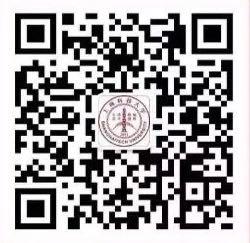1098Undergraduate Students
1548Graduate Students
83Laboratories
4Joint Laboratories with Industrial Partners
144Professors
4CAS & CAE Academicians
9/strong>Institute Fellow
696CAS Division-1 Papers
512CCF-A Papers
7Research Centers
20SIST International Conferences
60Journal Editorial Board Members





 沪公网安备 31011502006855号
沪公网安备 31011502006855号

